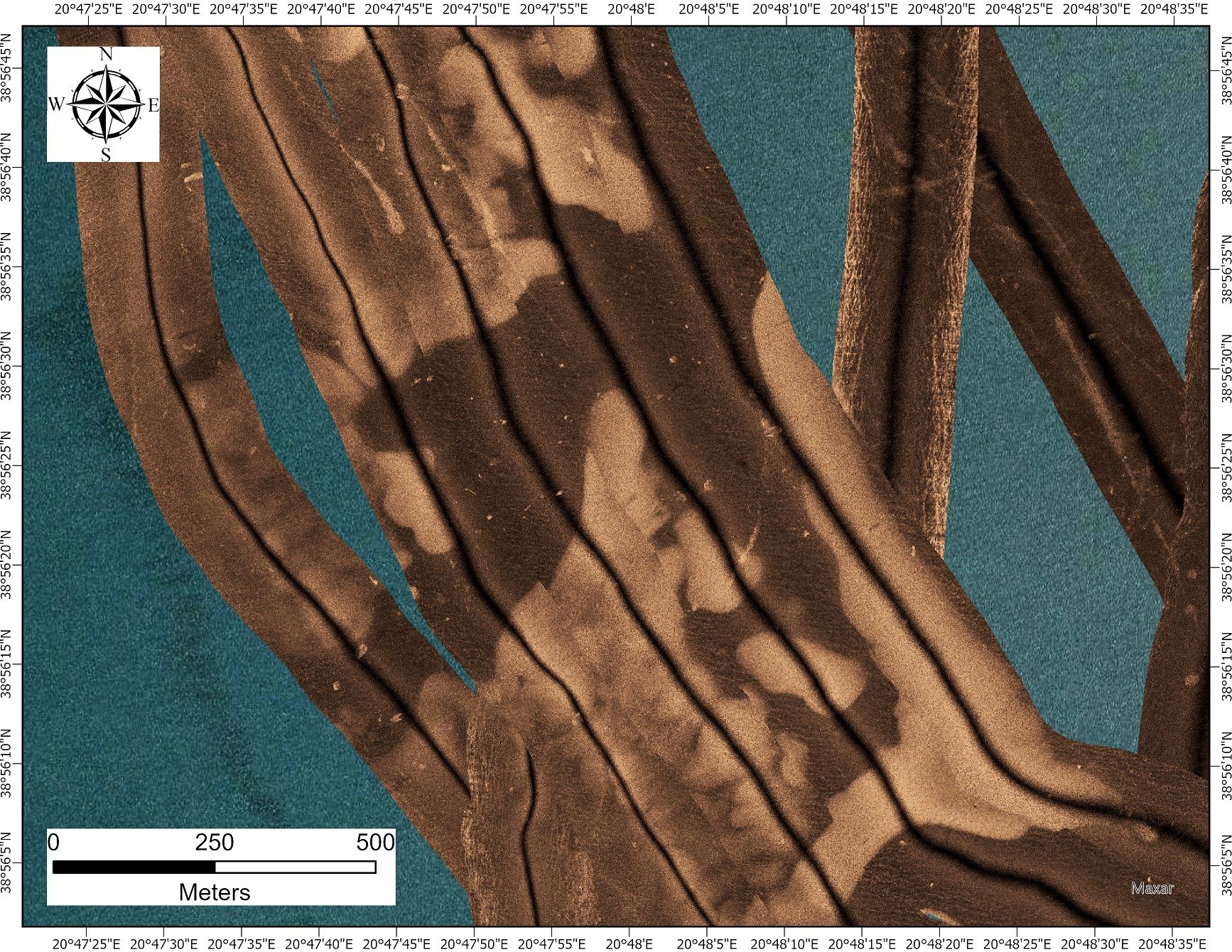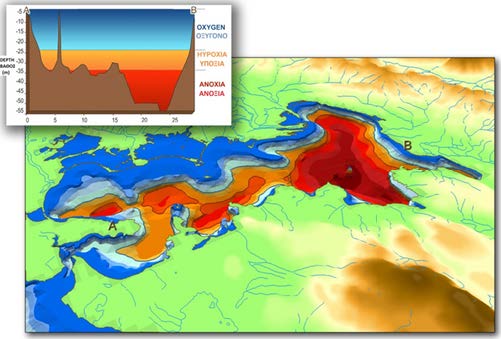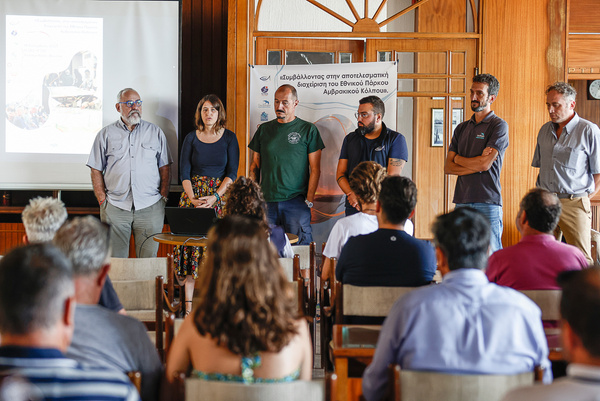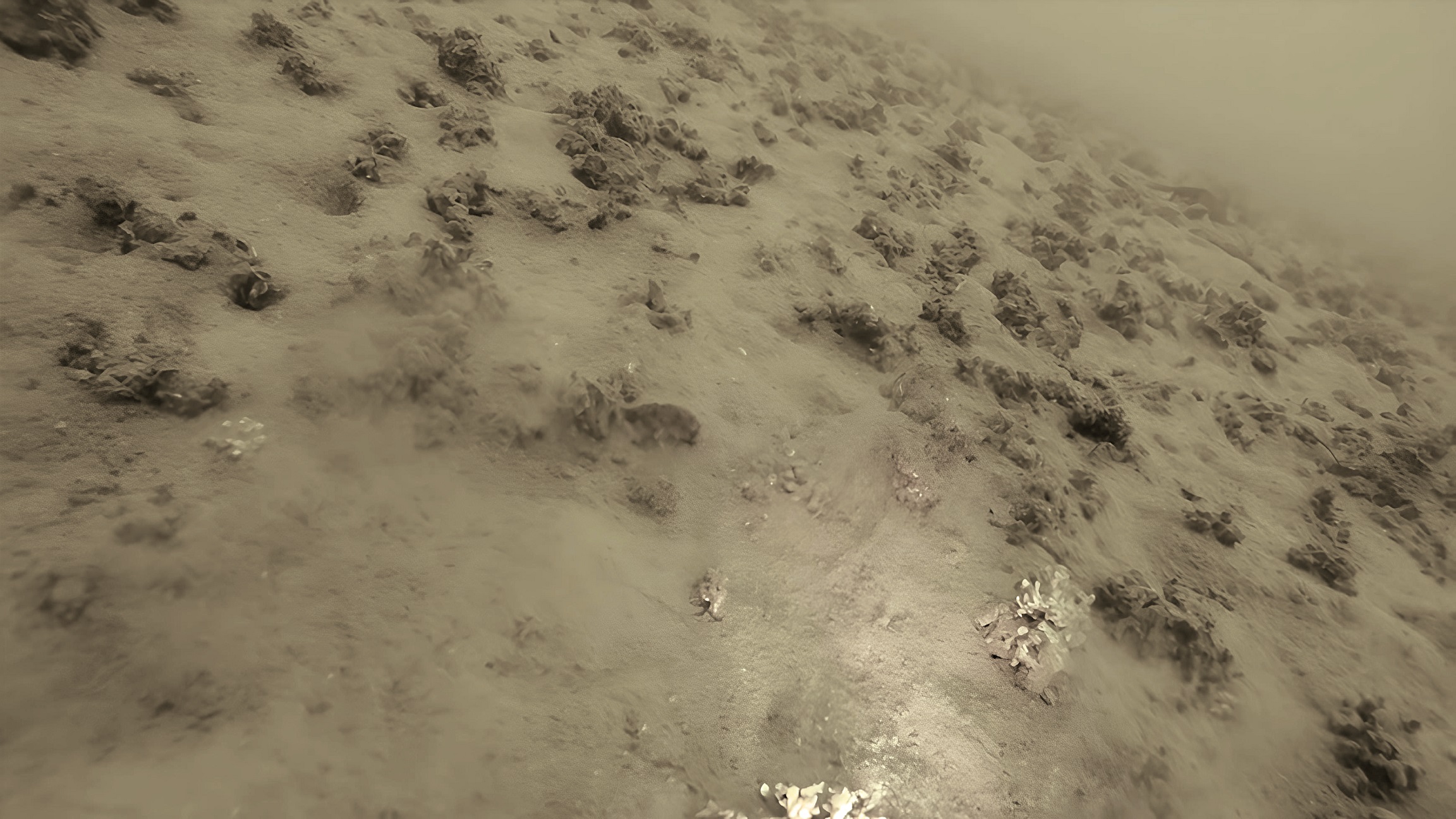Contributing to the effective management of the Amvrakikos Gulf National Park

Amvrakikos Gulf is a semi-enclosed bay of the Mediterranean Sea and belongs to the growing list of “dead zones” around the world. The Gulf is connected to the Ionian Sea by a narrow, shallow sill and is characterized by a fjord-like oceanographic regime. At the entrance of the Gulf over the sill, there is brackish water outflow in the surface water and saline water inflow close to the seafloor. Its water column shows a well-stratified two-layer structure, made up of an oxygenated surface layer and a seasonal hypoxic/anoxic bottom layer that are separated by a strong pycnocline. The dysoxic/anoxicinterface was found at water depth ranging from 25 to 35 m.

The aim of the project is to contribute to the effective management of the Amvrakikos Gulf National Park and assist the work of its responsible Management Agency by creating a long-term partnership among different stakeholders operating in the Amvrakikos Gulf, via a variety of actions outlined below, that include research, outreach and more.

Funded by: the Blue Marine Foundation (BMF)
Partners: iSea, Tethys Research Institute, Hellenic Ornithological Society, ARCHELON, Fisheries and Aquaculture Department - University of Patras.
Detecting and mapping Posidonia oceanica meadows and coralligenous formations:
Sediment sampling in specific sites. Geochemical and sedimentological analysis of 22 samples for tracing the levels of heavy metals and other pollutants on the seafloor.
Detecting and mapping possible Posidonia oceanica meadows and coralligenous formations, two overly valuable Mediterranean ecosystems. Mapping of priority marine habitats will be based on the available collected side scan sonar (SSS) and multibeam echosounder (MBES) data.


Rodolith (Maërl) beds on the Amvrakikos Gulf seabed.
Documents
Location
